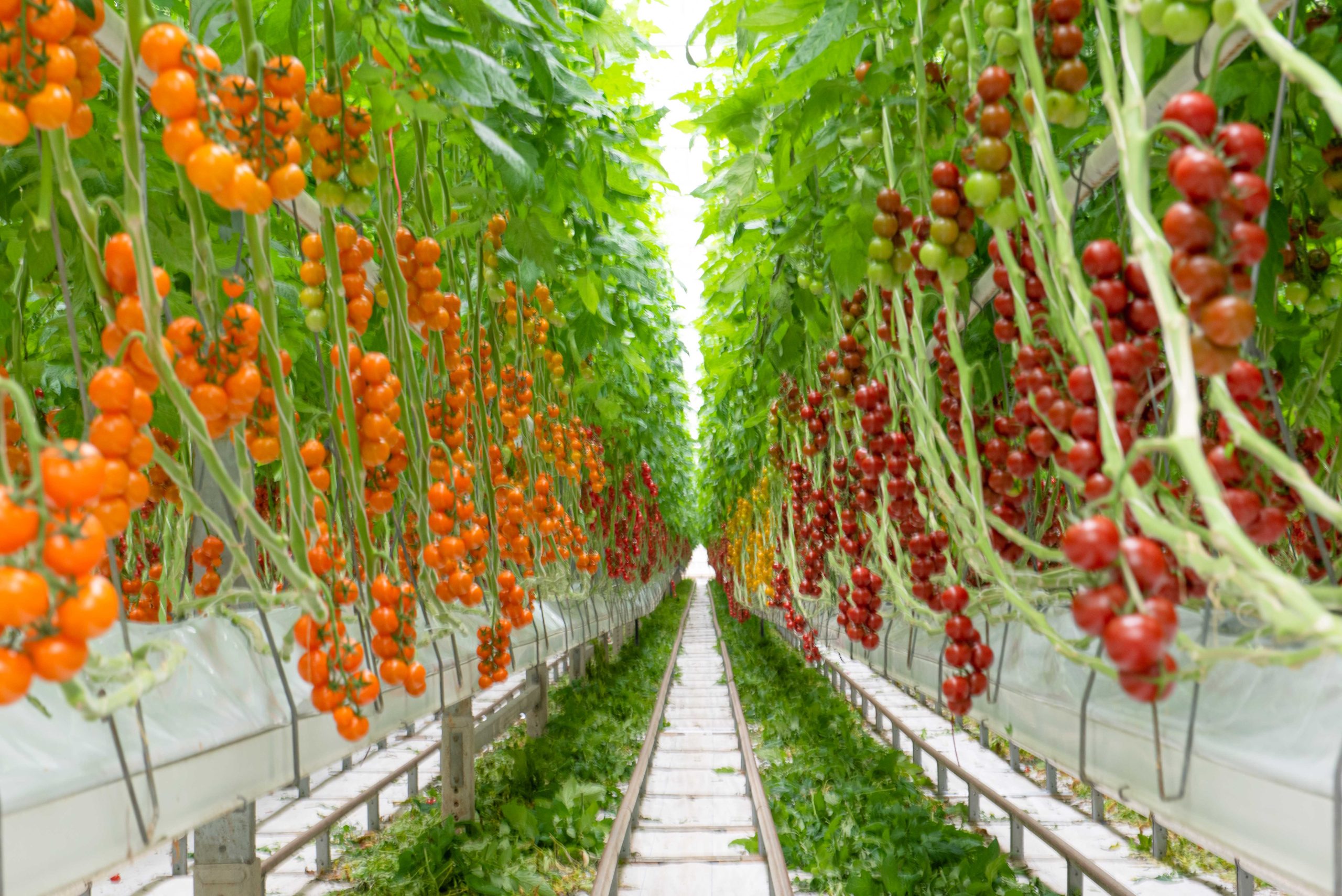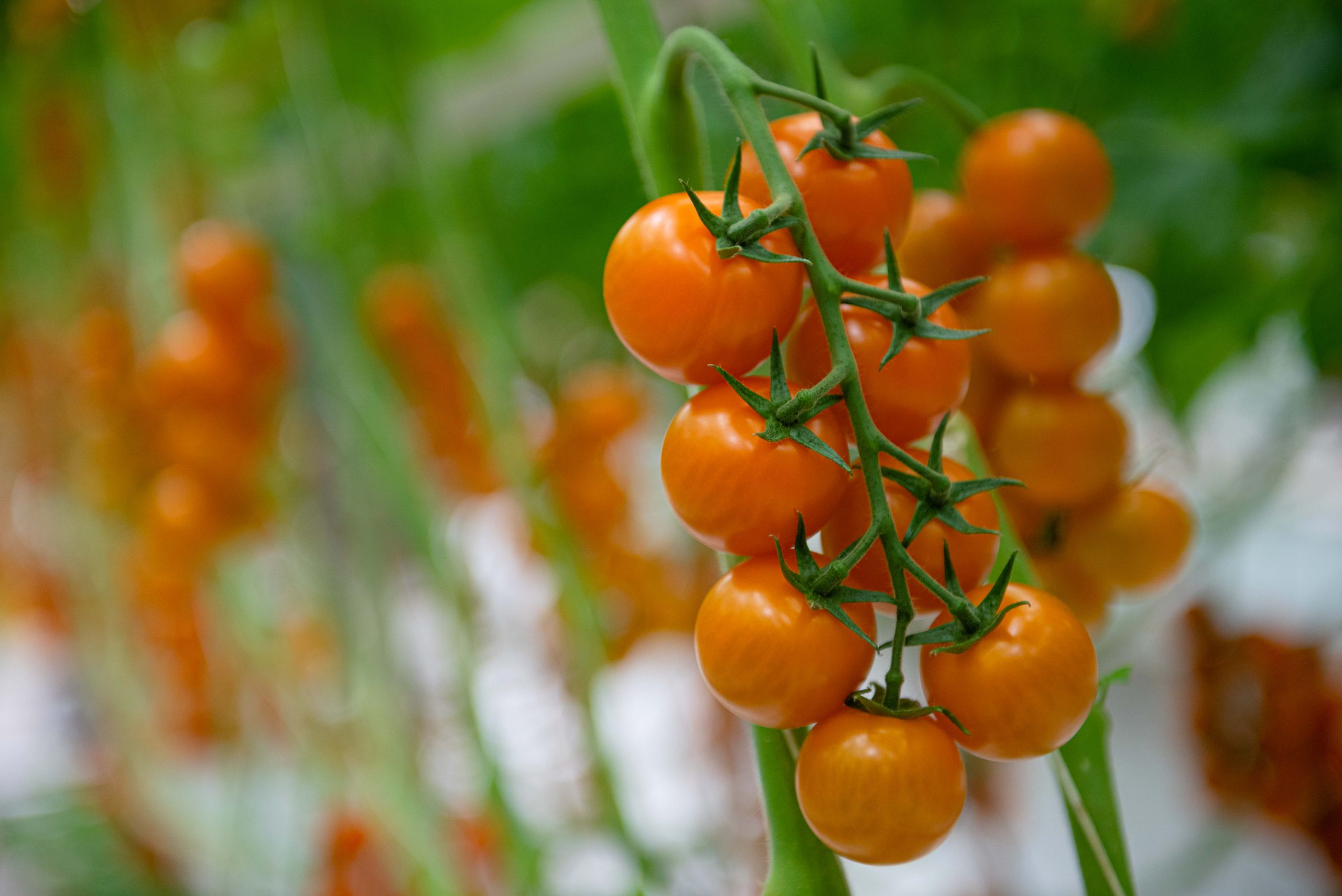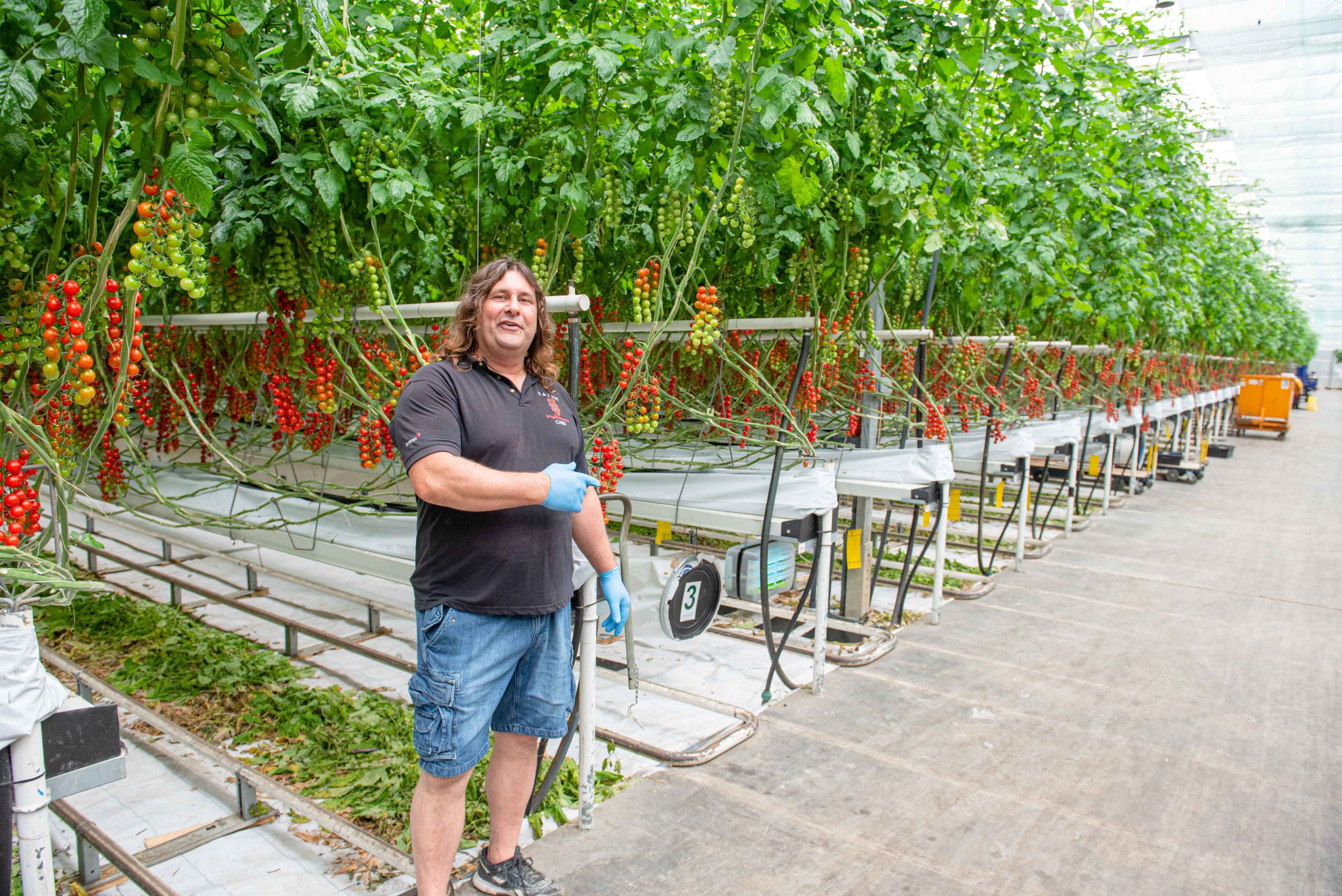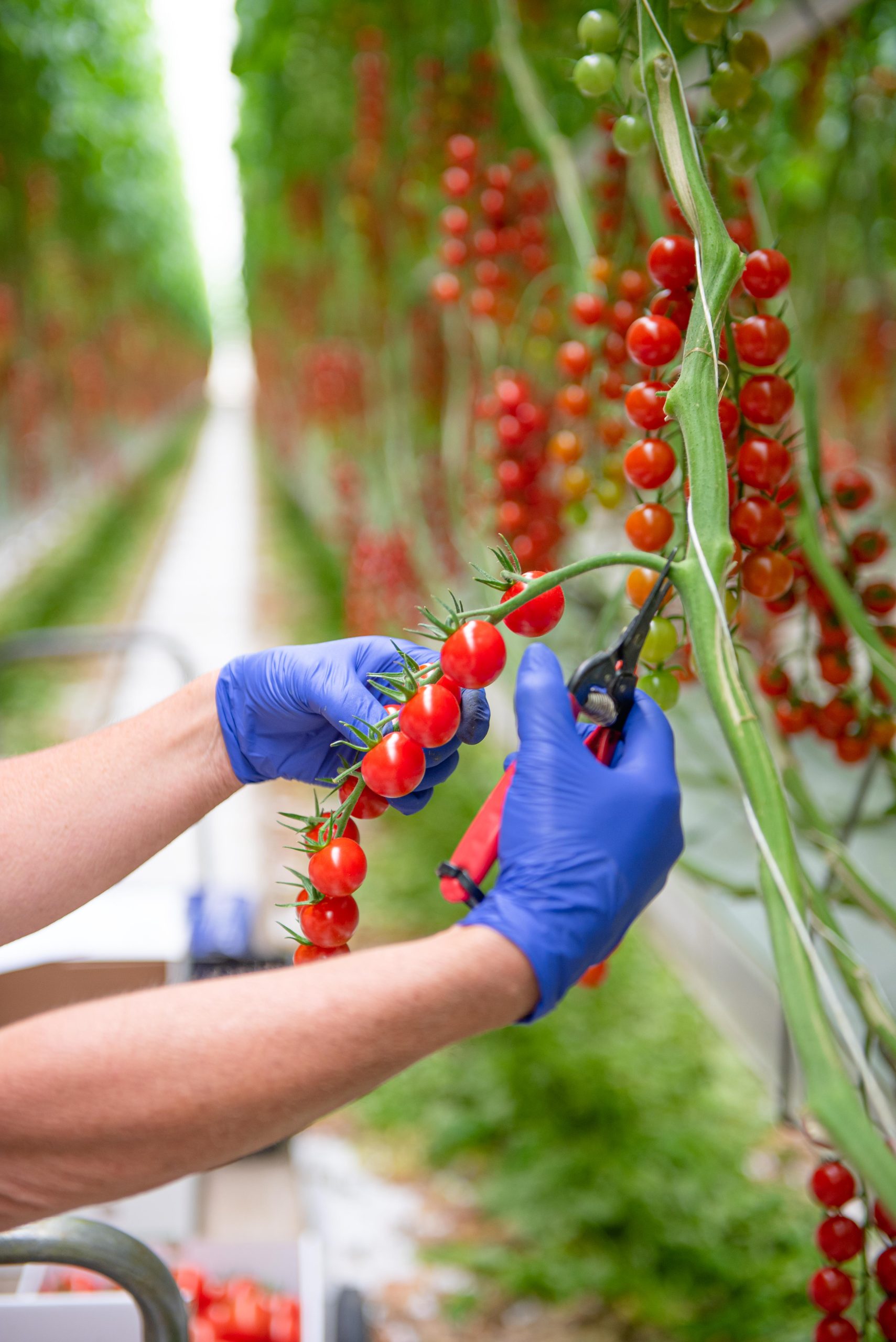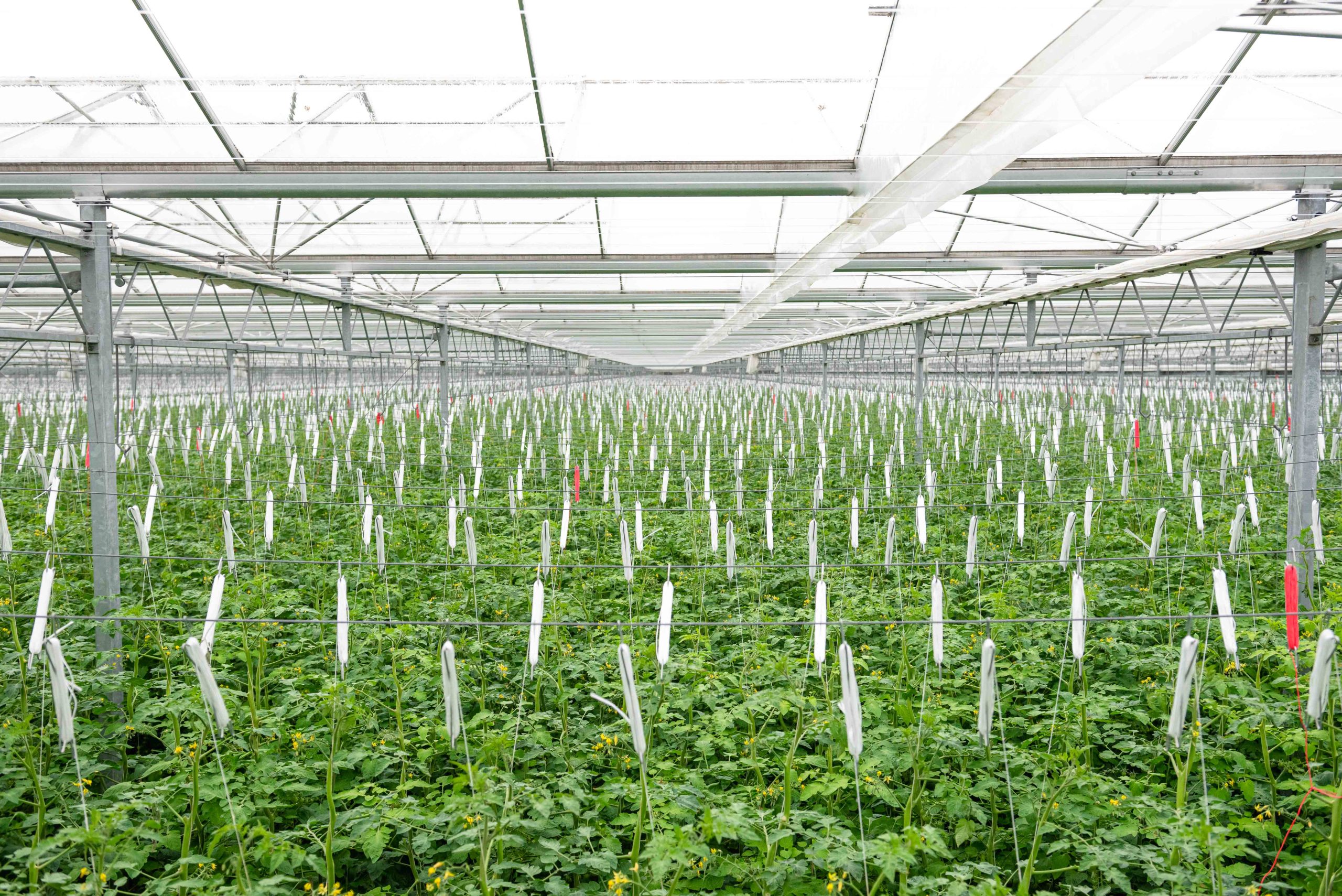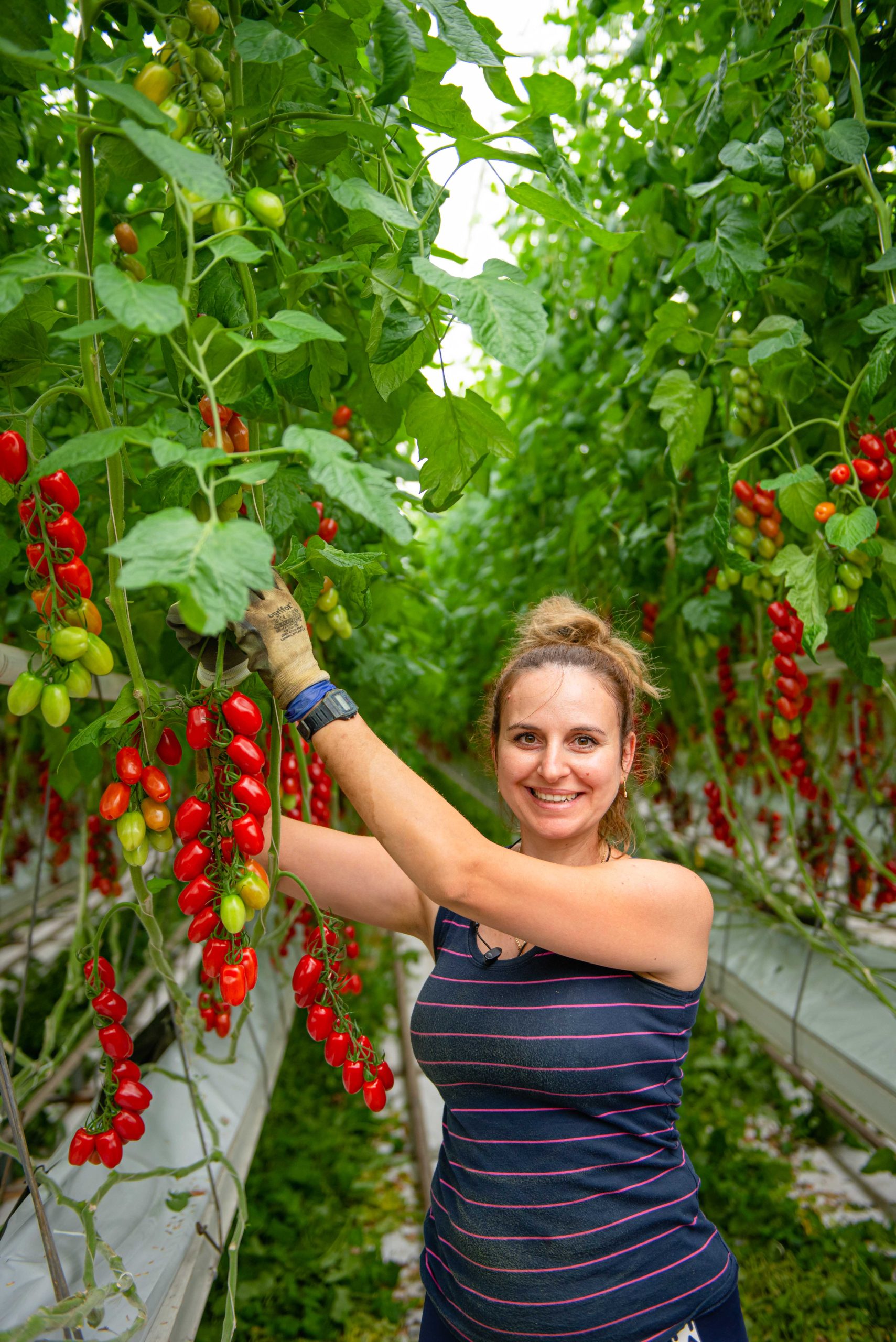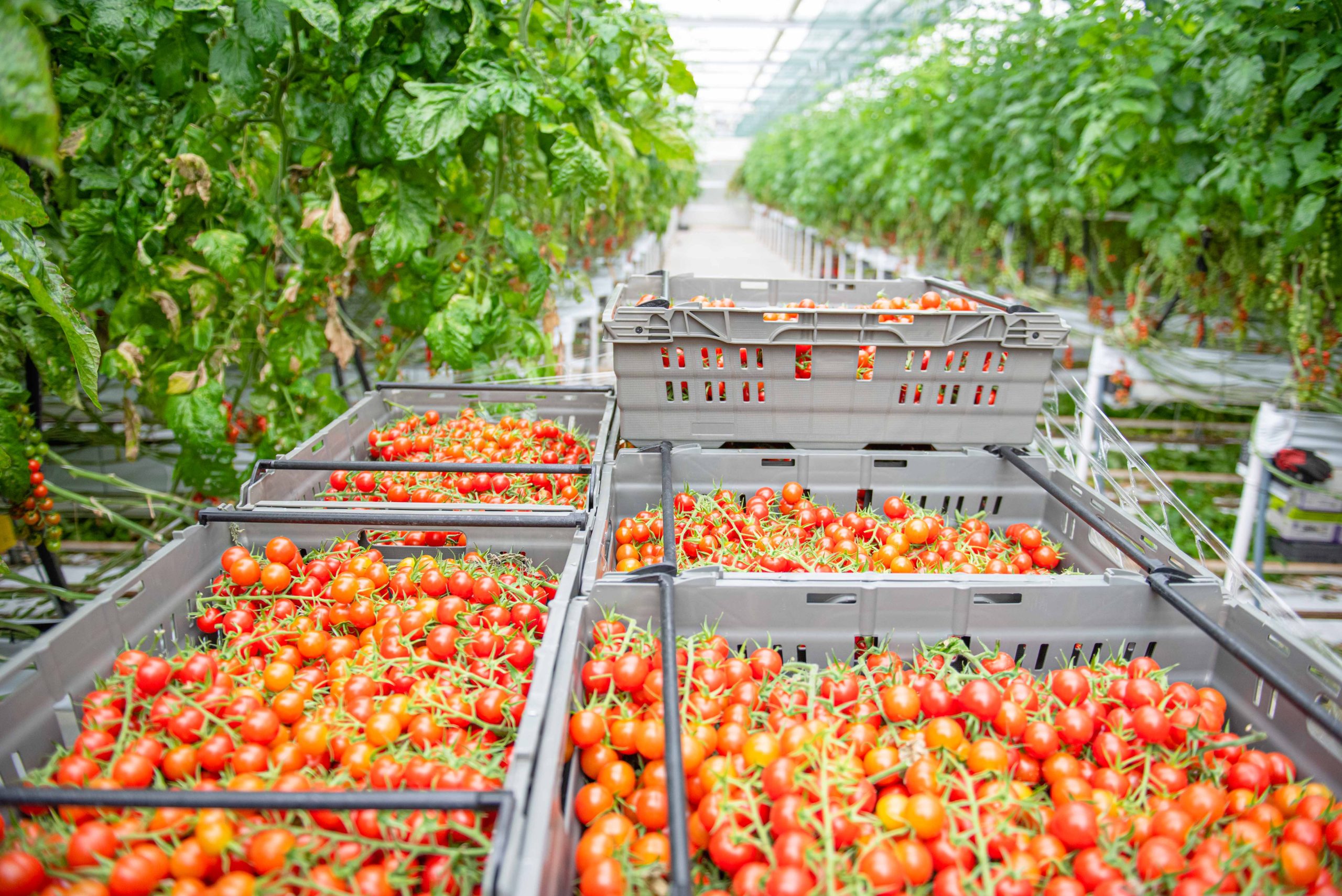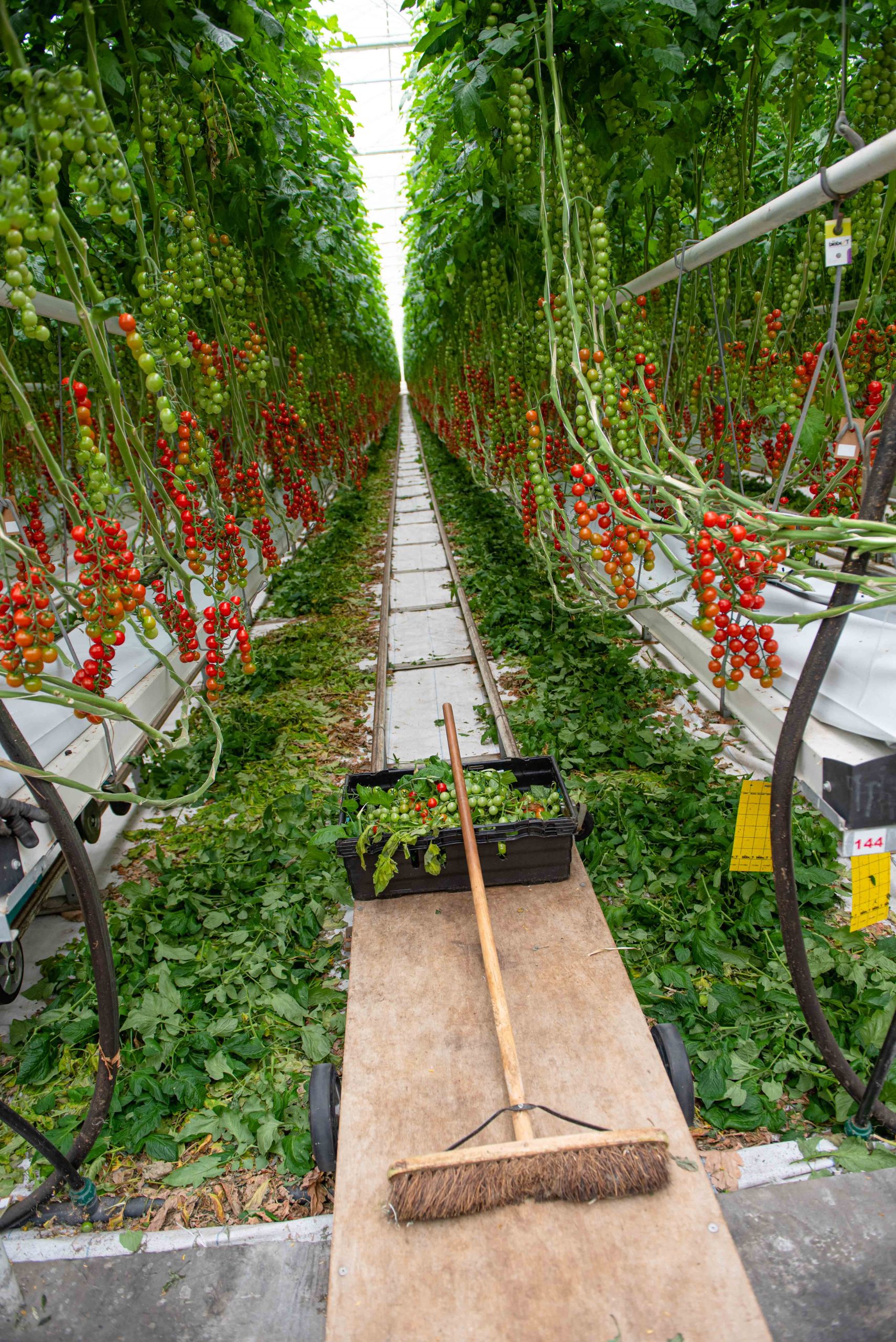As the summer solstice arrives, heralding the longest day of the year and the peak of the growing season, tomato enthusiasts are gearing up to ensure their plants flourish under the summer sun. To help you achieve bountiful harvests and vibrant tomato crops, here are three essential tips for growing tomatoes in the summer:
- Provide Ample Watering and Moisture Management:
Summer heat can quickly lead to moisture stress in tomato plants, affecting their growth and fruit development. It’s crucial to establish a consistent watering routine to keep the soil evenly moist without becoming waterlogged. Water your tomato plants deeply and thoroughly, aiming to moisten the soil to a depth of at least 6 inches. Consider watering early in the morning or late in the evening to minimize water loss through evaporation and reduce the risk of leaf scorch. Additionally, mulching around the base of tomato plants with organic materials such as straw, grass clippings, or compost can help retain soil moisture, regulate temperature, and suppress weed growth, creating optimal conditions for healthy tomato growth throughout the summer months.
- Provide Adequate Support and Pruning:
As tomato plants continue to grow vigorously during the summer, it’s essential to provide adequate support to prevent sprawling and ensure proper airflow around the foliage. Install sturdy stakes, cages, or trellises to support the tomato plants and keep them upright as they become laden with fruit. Regularly inspect your tomato plants for suckers – the small shoots that emerge from the leaf axils – and promptly remove them to redirect energy towards fruit production and promote better air circulation. Pruning excess foliage also helps prevent the spread of diseases such as blight and allows sunlight to reach the ripening fruit, enhancing flavour and colour development. By providing proper support and practicing strategic pruning, you’ll encourage stronger, healthier tomato plants that can withstand the summer heat and produce abundant yields.
- Monitor and Manage Pests and Diseases:
Summer warmth and humidity create ideal conditions for the proliferation of pests and diseases that can wreak havoc on tomato plants if left unchecked. Keep a vigilant eye on your tomato plants for signs of common pests such as aphids, whiteflies, and hornworms, as well as symptoms of fungal diseases like early blight, powdery mildew, and blossom end rot. Implement proactive pest management strategies such as handpicking insects, using insecticidal soap or neem oil sprays, and practicing crop rotation to minimise pest pressure and reduce the risk of infestations. For fungal diseases, apply preventative fungicides or organic remedies such as copper sprays or compost tea to protect tomato plants and maintain their health throughout the summer growing season. By staying proactive and attentive to the needs of your tomato plants, you’ll be better equipped to manage pest and disease challenges and ensure a successful harvest of ripe, flavourful tomatoes all summer long.
Growing tomatoes in the summer presents unique challenges and opportunities for gardeners to cultivate thriving plants and enjoy abundant harvests of delicious, sun-ripened fruit. By implementing these three essential tips – providing ample watering and moisture management, providing adequate support and pruning, and monitoring and managing pests and diseases – you’ll set your tomato plants up for success and enjoy a of summer tomatoes. Happy gardening and may your summer harvest be plentiful and delicious!


